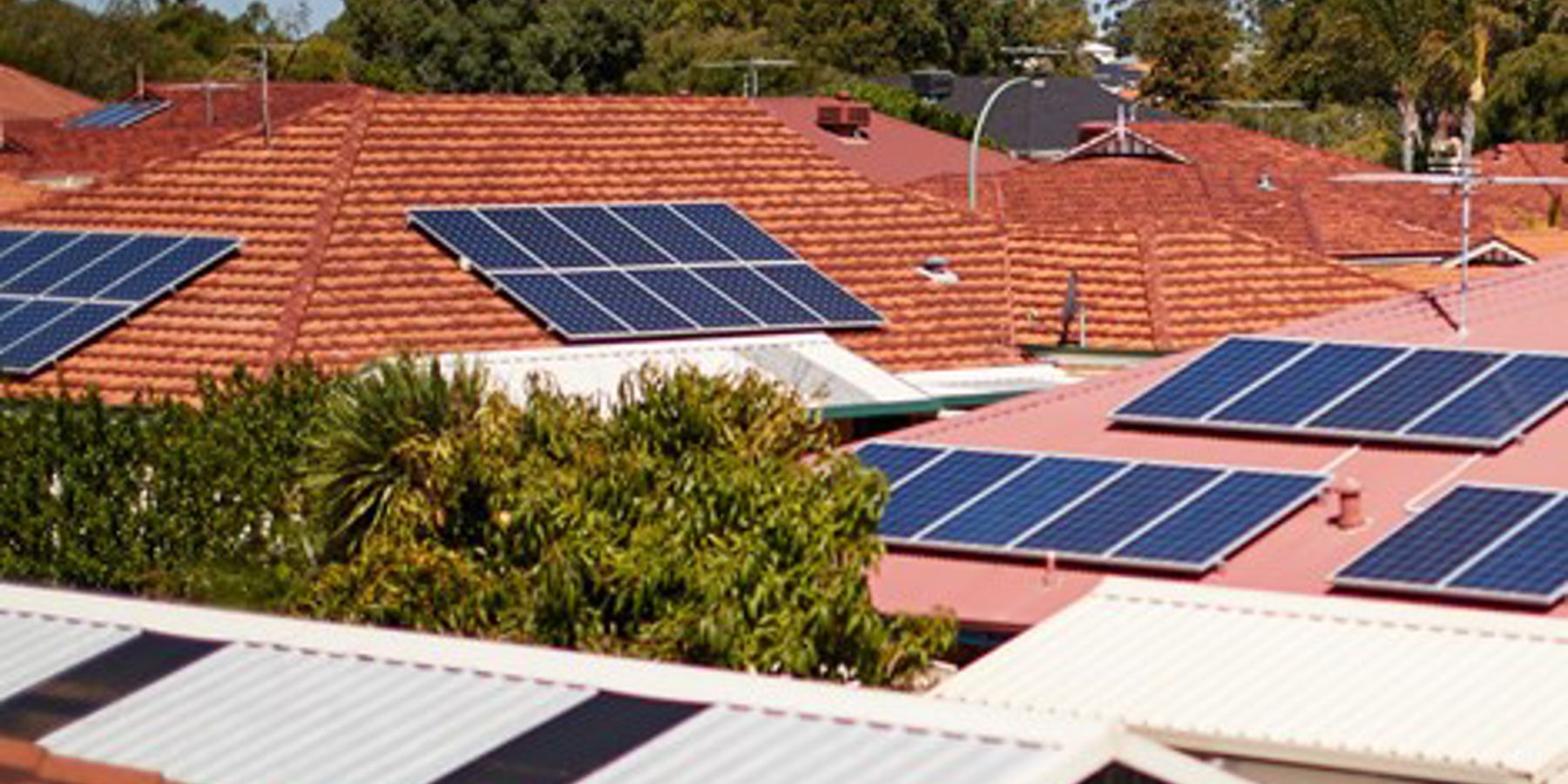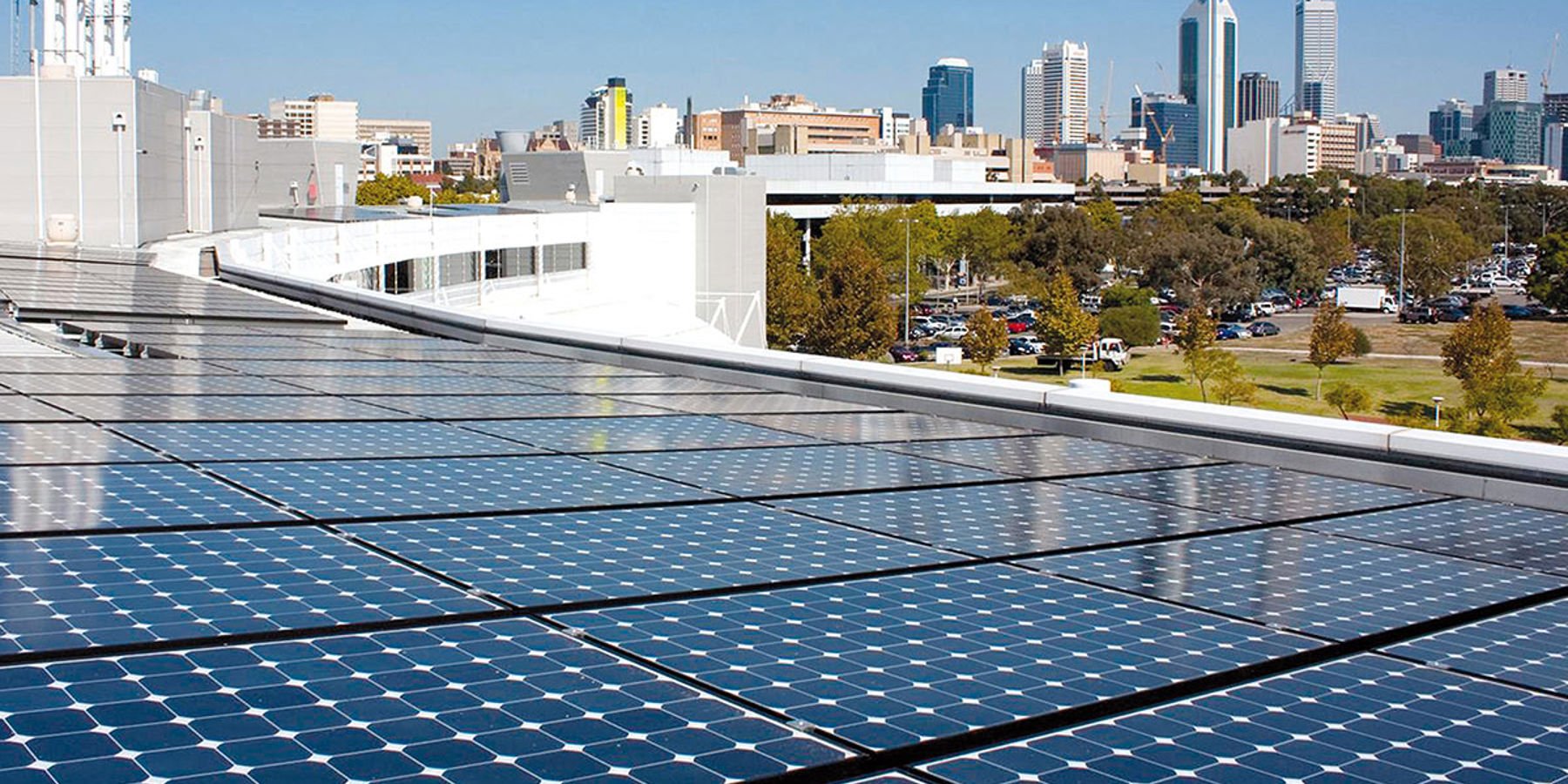Your connection point has a fixed capacity. If it is shared with other customers, potentially multiple new systems could be added and exceed that capacity. This can make it unsafe and unreliable.
Shared connections must be managed to ensure that all customers have access to a safe and secure electricity supply as well as the opportunity to connect to benefit from renewable energy solutions.
Your connection will either be an individual connection or a shared connection.
Each connection has a ‘generation allocation’, or amount of solar, it can accommodate.
When you make an application to us to connect solar PVs our system will show whether the connection for the given address is individual, shared or unknown. The connection type is important to us for assessing the application.
- Individual connections have their own connection and generation allocation.
- Shared connections share a connection and generation allocation with others in the same development.
- Unknown means we must review to resolve which connection type it is.
These diagrams illustrate common connection types.
Individual connections
Individual underground connection
Individual connection with an overhead service cable
Individual connection with an overhead service cable and customer poles
Shared connections
Units in developments such as strata schemes, shopping centres and residential parks connect through a switchboard to the grid.
Sometimes in small older developments, units connect directly to the connection point. However, all units still share the generation allocation.
Shared underground connection
Shared connection with an overhead service cable
Single line diagram
A single line diagram (SLD) needs to contain information on the installation wiring from the point of supply off the Western Power network, through to all the inverters on site, including where the customer’s load is connected.
It also needs to contain information on all protection devices and switches, as well as any communications required to achieve the desired operation of the system (i.e. self-consumption, export limit, etc.).
SLDs must use correct electrical symbols and should contain at least, but not limited to, the following information specific to the site in question:
- Point of supply off the Western Power network
- Western Power meter
- show site main switch is a circuit breaker rated to the sites supply allocation (or will be at time of installation)
- any private/customer smart meters
- distribution boards
- loads
- all inverters – new and existing
- energy source (PV array, batteries, etc.)
- any communications and controls/monitoring equipment*
- protective devices
- cable size and length between all the above
- description of the working/operational philosophy of the proposed system
* Where monitoring equipment is required for site generation limiting or self-consumption control, the following need to be indicated in the SLD:
- monitoring equipment such as Current Transformers (CT) or energy meters
- the phase/s that the equipment is monitoring
- any links between the monitoring device and the battery storage device (refer to sections 2.1 of the Battery Inverter Energy System (IES) Requirements for more details)
Electrical symbols - AS/NZS 3000:2018
| Switch (general symbol) | Transformer (single line) | ||
| Mechanically interlocked changeover switch | Switch disconnector (on-load isolating switch) | ||
| Disconnector (isolator) | Fuse | ||
| Alternator | Circuit breaker | ||
| Circuit breaker, earth leakage type, current operated (RCD) | PV array | ||
| Battery | Inverter | ||
| 3 pin socket outlet or cord extension socket |
Protective earth neutral (PEN) conductor
|
||
| 3 pin socket inlet or plug | Neutral conductor (N) | ||
| Protective earthing conductor (PE) | Connection to earth | ||
| Generation frame connection | Earth or neutral bar | ||
| Whole current (direct connecter)meter (non CT) |
|
LV current transformer meter (LV CT) | |
| HV current transformer metering unit (HV CT) |
Connection block | ||
| Combination fuse switch | LV links or HV/LV load disconnector | ||
| Drop out fuse (DOF) | Generator |
Site diagram
Identify on an aerial site diagram e.g. Landgate property search photo:
- supply type (overhead or underground)
- property/lot boundaries
- point of supply for the private installation:
- if underground, Western Power pillar/dome
- if overhead, mains connection box (typically next to point of attachment) or
- Western Power distribution substation e.g. transformer kiosk (strata and larger commercial)
- if overhead supply, the Western Power service cable run from the network to point of attachment
- transformer in rural or sole use cases
- Western Power meter
Examples of site diagrams
Before applying to connect this type of equipment, tenants or owners with shared connections should first seek permission from their strata company or management body to use a portion of the total network capacity allocated.
Failing to do this may prevent others from connecting their equipment, or require the management body to upgrade the connection to our network to accommodate the needs of all owners and or tenants.
It's important to remember that the strata company or management body is ultimately responsible for the management of the common connection to the network and the common electrical system. Effective management of this shared resource will allow the benefits of renewable energy solutions to be shared by all.
More information about strata titling principles can be found in Landgate's Guide to strata titles.
Residential applications can only be approved up to 30kVA.
In small strata situations – where 2-4 homes can sit behind a single connection - it is possible that your neighbours have already installed enough generation that the amount you requested is not available. You will need to apply for a system with a limit that works within the remaining amount.
In larger stratas: lifestyle villages or residential developments, the land owners of the multi-residential site or their representative e.g. the Strata management company may need to apply for an exemption to allow residents to connect solar systems. You will need to talk your property manager to move forward with your plans.

